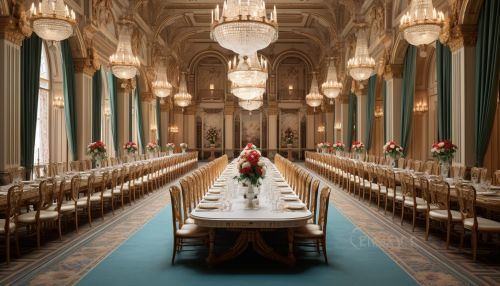Peerage in the United Kingdom
Origins of the Peerage
The peerage in the United Kingdom is a legal system comprising both hereditary and lifetime titles, with its roots in the British feudal system. The term "peerage" is derived from the Anglo-Norman word "peer," meaning an equal. This reflects the original intention of the peerage: to create a body of men who were the King's equals, at least in theory.
Development of the Peerage
The peerage has evolved over time, with the creation of new ranks and the extinction of old ones. The original ranks were dukes, marquesses, earls, viscounts, and barons. These ranks were not initially hereditary, but by the 13th century, they had become so. The peerage expanded in the 14th century with the creation of the rank of duke, the highest rank of the peerage.
Ranks of the Peerage
The ranks of the peerage, in descending order, are duke, marquess, earl, viscount, and baron. Each rank has a female equivalent: duchess, marchioness, countess, viscountess, and baroness, respectively. The holder of a peerage is referred to as a peer.
Creation of Peerages
The creation of peerages is a prerogative of the monarch, who bestows them by letters patent. The monarch can create hereditary peerages or life peerages. Life peerages, introduced in the 19th century, are not hereditary and cease upon the death of the holder.
Rights and Privileges of Peers
Historically, peers enjoyed many rights and privileges, including the right to sit in the House of Lords, the upper house of the Parliament. However, the House of Lords Act 1999 significantly reduced the number of hereditary peers entitled to sit in the House of Lords.
Modern Peerage
Today, the peerage retains a significant role in the United Kingdom's constitutional structure. The House of Lords remains an important legislative body, and peers continue to contribute to the political and social life of the nation.


